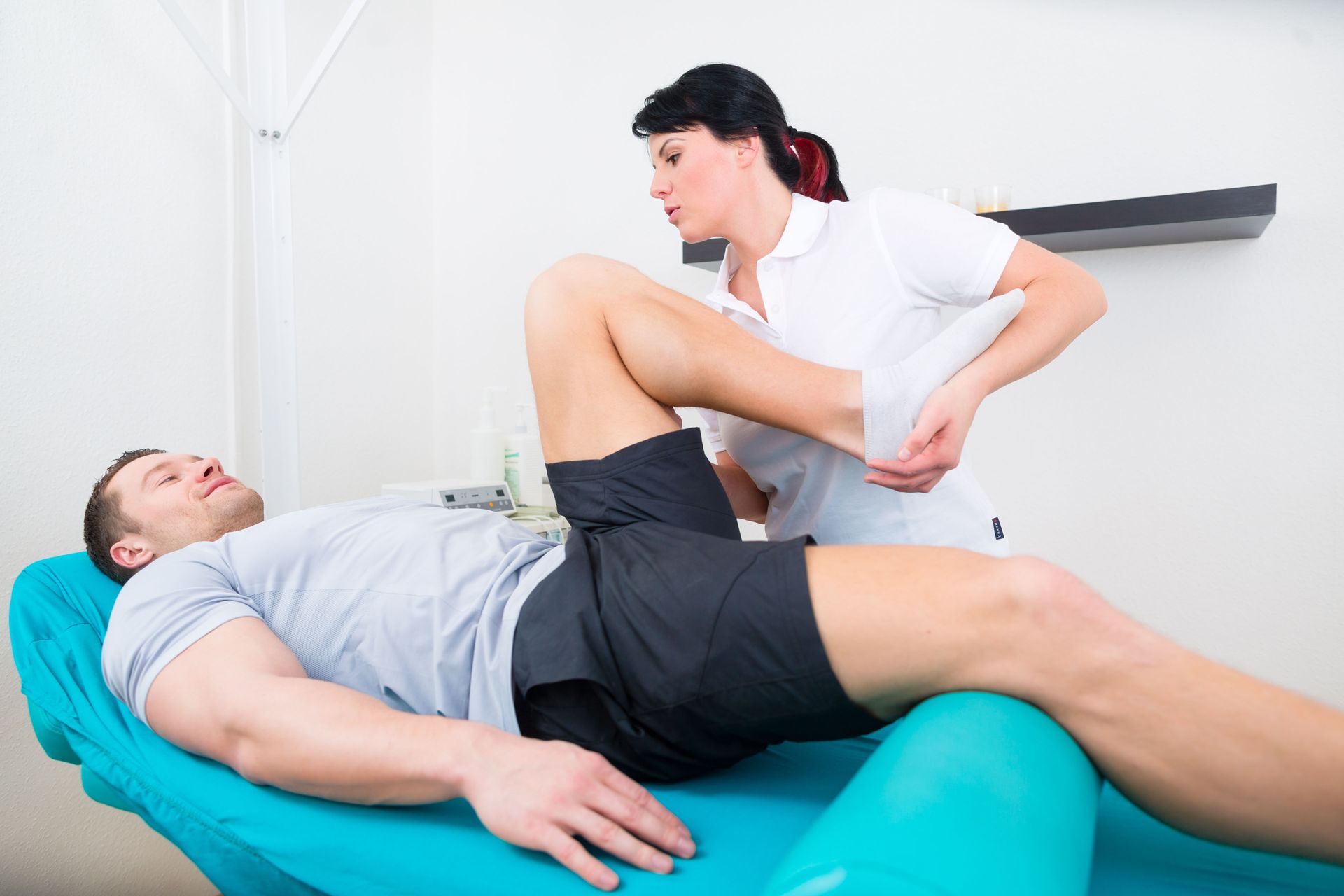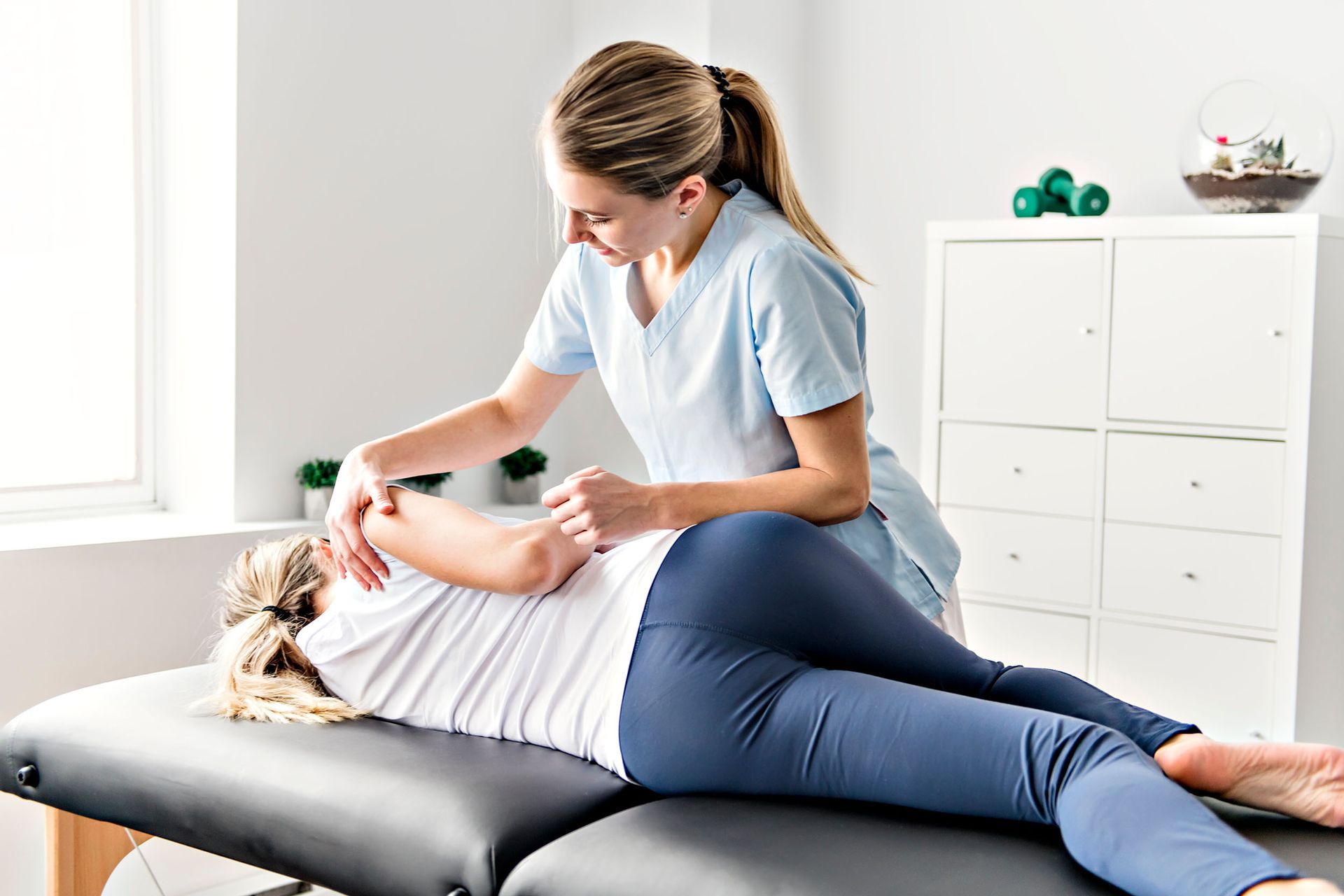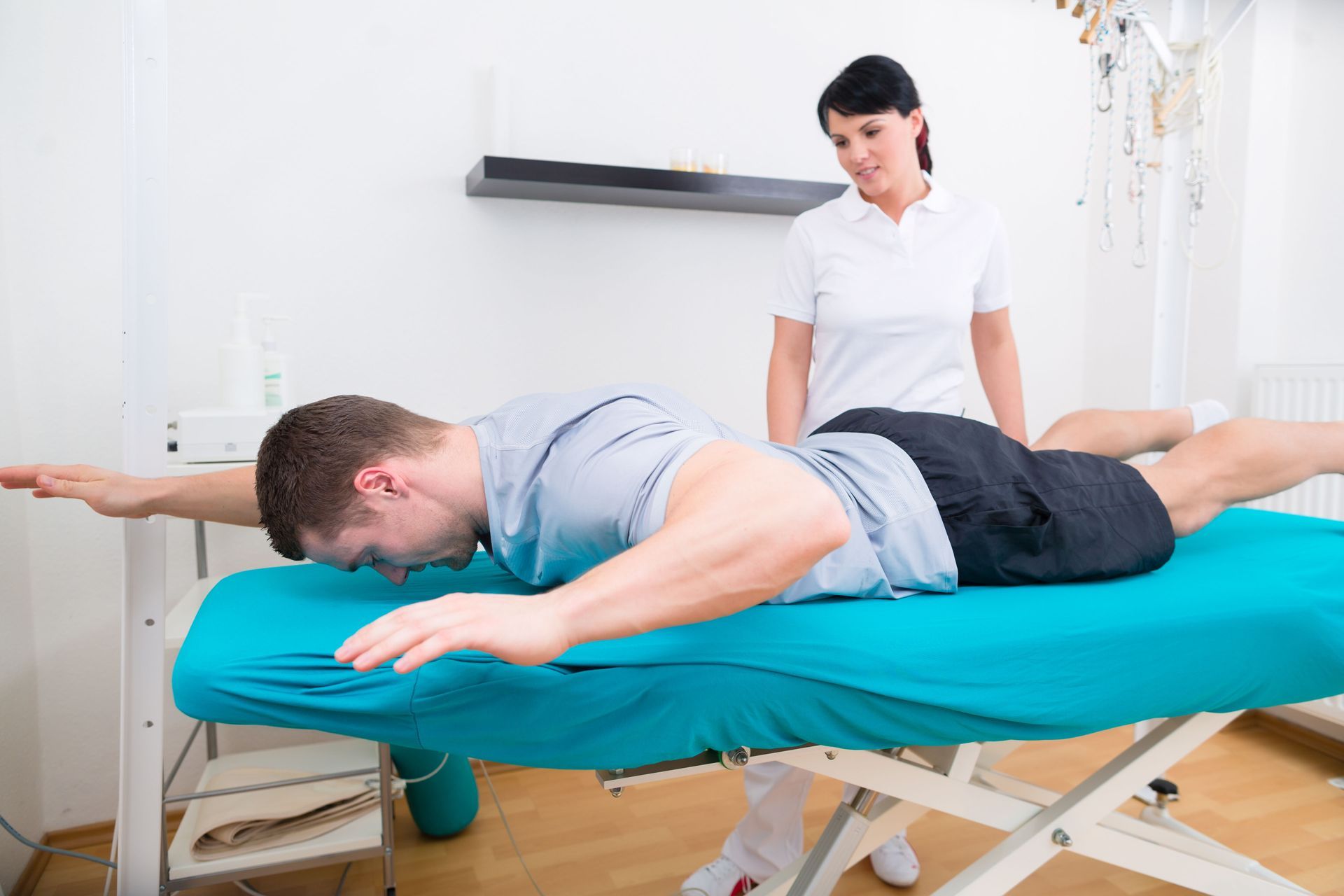What’s on my Calendar? Strides
Pineries Running Lab
Mini Blog Series #1

Simply put, strides are just intervals of faster running and rest. The runner picks up speed and holds it for a specified time or distance, usually less than thirty seconds or 100 meters. The maximal pace can vary, but commonly ranges from 5k pace to mile pace. Another way to think about it is that the max speed reached can be about 80-85% of a sprint, meaning that it is not an all out effort. This is followed by a short rest period, then repeated. There are many places these can be put in your training schedule. It may follow an easy run, precede a workout, be its own session, prime your body the day before a race, and more. Strides are like a multitool, offering a wide array of benefits. Further, they add a lot of bang for your buck. Just a few of these at a time can lead to benefits, without tacking on too much fatigue. The goal of the strides will determine the structure and placement of the session within your calendar.
There are multiple reasons strides are used for runners of all levels and distances. They offer an opportunity to practice your form while picking up speed, which can help build habits that improve form and economy. For someone new to speed work, they are a great introduction to faster running and may be used to familiarize the body with the demands of faster paces. For runners that we work with who are injured, we use them as a way to test tissue tolerance to higher velocity movement. Strides will also prepare the body’s neuromuscular and metabolic systems for other efforts that involve high demands on these systems. Athletes who practice running at high speeds demonstrate increased performance and increased ability to recover from high-intensity efforts (Stöggl et al., 2017).
To summarize, there are multiple uses for strides. They can prepare your body for higher intensity efforts, train your body to run at faster paces, and improve efficiency while running. These are short runs that will appear throughout your training.
Thanks for following along. Please feel free to reach out to us with any questions, comments, or concerns. Happy running!
Stöggl TL, Björklund G. High Intensity Interval Training Leads to Greater Improvements in Acute Heart Rate Recovery and Anaerobic Power as High Volume Low Intensity Training. Front Physiol. 2017;8:562. Published 2017 Aug 2. doi:10.3389/fphys.2017.00562







Share On: